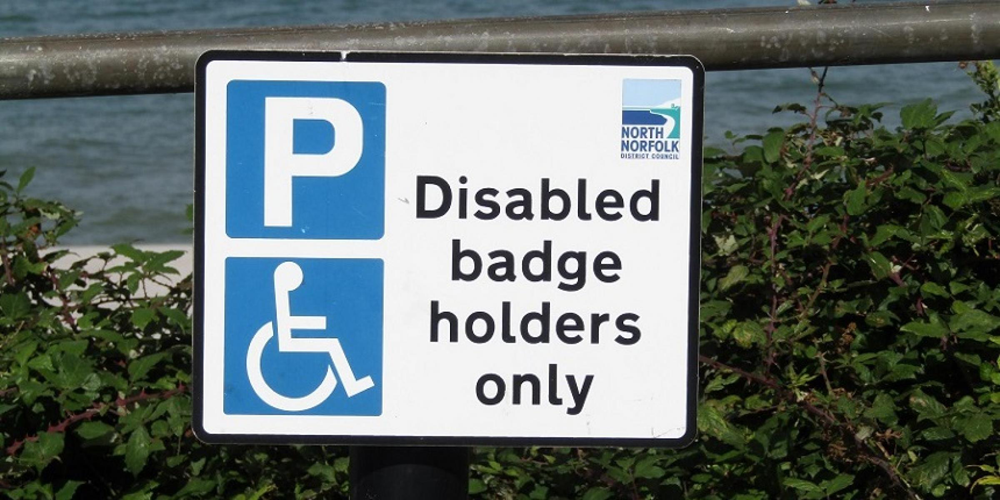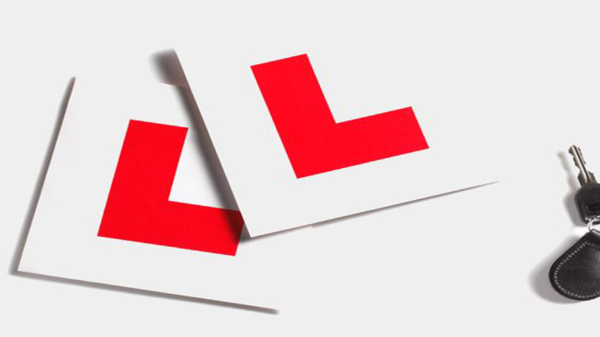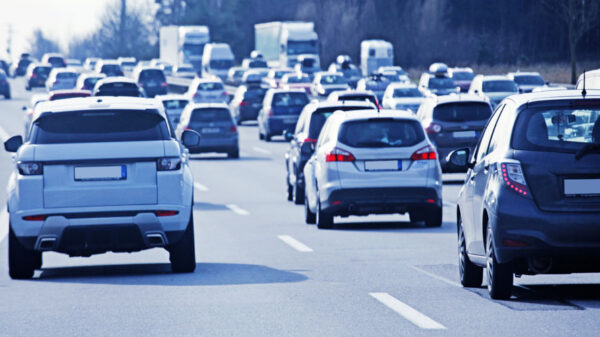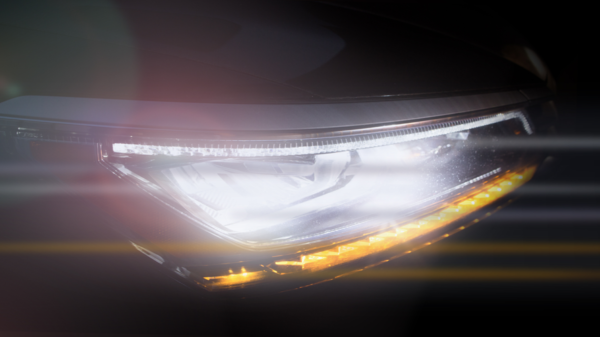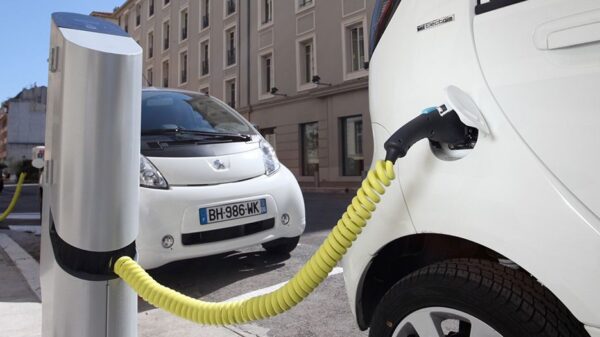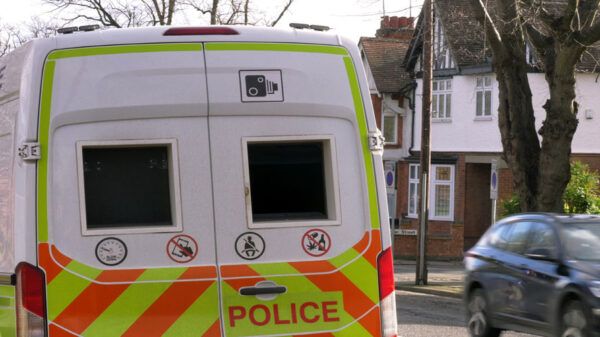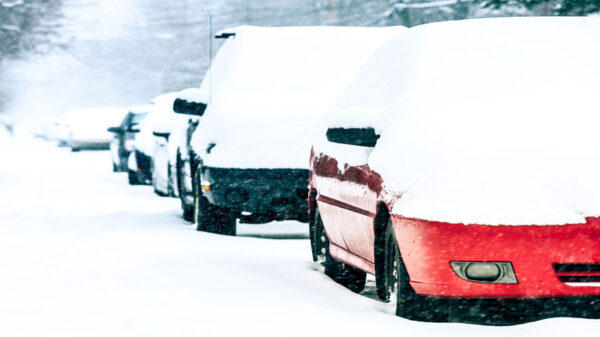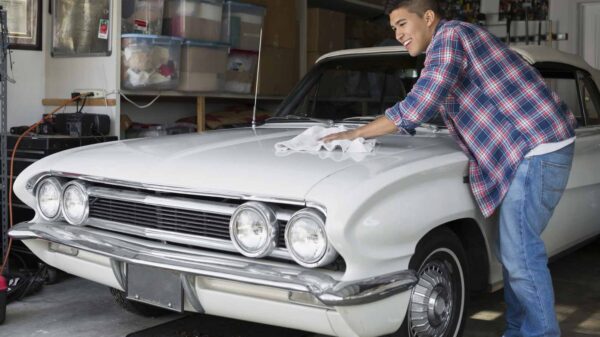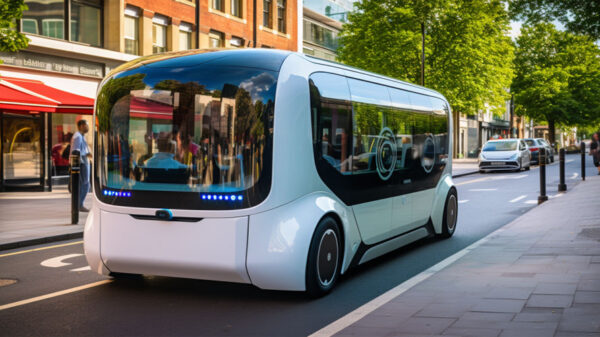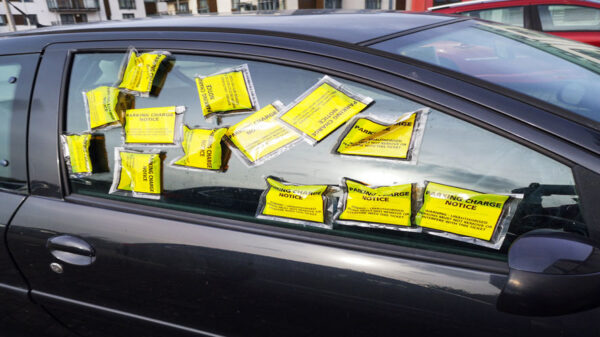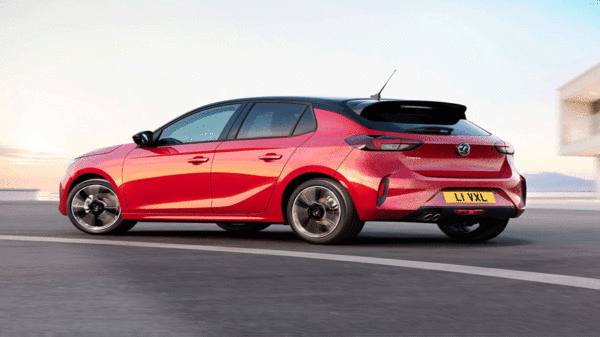People with a Blue Badge, which is given to those with disabilities or health conditions that affect their ability to walk, are exempt from certain parking restrictions. Even those who are unable to drive due to hidden illnesses, such as dementia, autism or Parkinson’s, might hold a Blue Badge enabling whoever is driving them to park nearer to stores, for example.
Do note that there are more than 10 places where Blue Badge holders are not allowed to park at any time of the day. If they do, they could be fined.
Even with a Blue Badge you cannot park in the following places:
>>> In loading/unloading bays unless signs specify time limits for badge holders
>>> On double or single red lines during their hours of operation
>>> Where there are one or two yellow markings on the kerb
>>> Where there are double white lines in the centre of the road, even if one of the lines is broken
>>> Parking places reserved for specific users such as residents or taxis
>>> Pedestrian crossings and zigzag lines
>>> Clearways (no stopping) including urban and bus stop clearways, during their hours of operation
>>> School “keep clear” markings during the hours shown on yellow no-stopping plate
>>> Bus, tram or cycle lanes (Badge holders are not entitled to drive in bus lanes)
>>> Suspended meter bays or when use of the meter is not allowed
>>> Where temporary parking restrictions are in force – such as roadworks or no-waiting cones
Blue Badge Privileges
The Blue Badge enables a vehicle to park in many places where other motorists cannot, such as on-street parking meter spaces, on-street pay-and-display spaces, disabled person’s parking spaces and over single or double yellow lines.
While Blue Badge privileges can be extremely helpful, holders of the pass still need to consider other restrictions that could apply to them.
First of all, however, the holders of the pass need to ensure that the Blue Badge is displayed correctly to ensure they are not fined.
When using a Blue Badge, it’s important to display it correctly. It should be placed on top of the dashboard where it can be easily seen through the front windscreen. The front of the badge should face upwards and the photo side should not be visible from outside the car. There are indicators on either side of the badge to help you remember how to place it.
Be aware that Transport Scotland recommends that Blue Badge holders park in bays instead of over yellow lines where possible.
You can learn more about the Blue badge scheme at MyGov.


